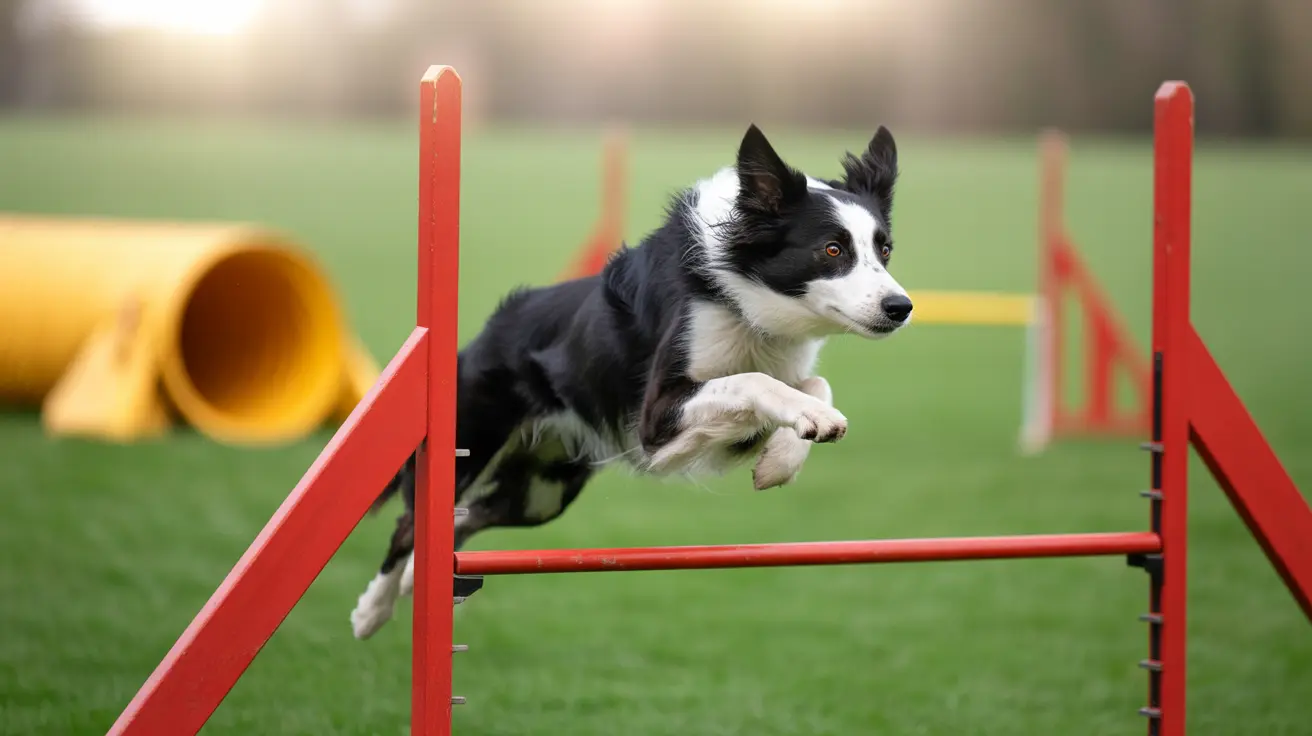Understanding Happy Tail Syndrome in Dogs
Happy tail syndrome is an often-overlooked condition that affects many dogs — especially those with long, strong, and muscular tails. This condition occurs when a dog wags its tail with such enthusiasm that it repeatedly strikes hard surfaces, leading to injuries, open wounds, and infections. While wagging is a natural form of dog communication, in some cases it turns harmful.
What Causes Happy Tail Syndrome?
Happy tail syndrome is caused by repeated trauma to the tip of a dog’s tail. This trauma often results in:
- Cracked or bleeding tail tips
- Swelling and hair loss
- Open wounds prone to infection
- Persistent pain and discomfort
It often surfaces when dogs are placed in confined spaces like boarding kennels or crates where hard surfaces are within easy reach of a wagging tail.
Dog Breeds Most Affected
While any dog can develop happy tail syndrome, certain breeds are more susceptible. These typically include dogs with long, whip-like tails and exuberant personalities. Commonly affected breeds are:
- Labrador Retrievers
- Great Danes
- Greyhounds
- Vizslas
- Pit Bulls
- German Shepherds
- Other large working breeds
These dogs tend to wag their tails with great force and frequency, especially when excited or confined in narrow spaces.
Recognizing the Symptoms
Signs of happy tail syndrome may include:
- Blood spatters on walls, furniture, or bedding
- Visible sores or wounds on the tail tip
- Swelling and redness
- Licking or biting at the tail due to discomfort
- Persistent or non-healing injuries
Sometimes, the dog remains cheerful and unfazed; in others, ongoing discomfort affects their behavior and overall well-being.
Diagnosis and Medical Evaluation
Diagnosing happy tail syndrome typically involves:
- Breed and behavioral history
- Visible tail trauma
- Veterinary evaluation for anemia or clotting disorders if heavy bleeding occurs
Veterinarians may recommend blood tests or additional diagnostics to rule out underlying problems when symptoms persist.
Treatment Options
Happy tail syndrome can be challenging to manage. Common treatment approaches include:
- Wound care at home—Clean gently with saline or mild antiseptic, apply non-stick dressing, and secure with medical tape.
- Activity restriction—Limit the dog's movement and excitement levels to reduce wagging.
- Medications—Prescribed pain relievers, antibiotics, or anti-inflammatories help with healing and discomfort.
- Sedation—Occasionally used to limit tail activity temporarily during healing.
If repeated trauma reopens wounds or if healing is unsuccessful, surgical amputation (tail docking) may be necessary to protect the dog’s quality of life.
Preventive Measures
To reduce the risk or recurrence of happy tail syndrome:
- Pad hard surfaces near the dog’s resting areas.
- Use tail protectors—commercial or homemade—to cushion the tail tip.
- Behavioral training—Focus on calm greetings and managed excitement levels.
- Environmental adjustments—Rearrange furniture or provide more spacious surroundings to avoid injury.
When to Seek Veterinary Help
- Persistent bleeding
- Signs of infection—redness, swelling, or discharge
- No healing progress within 1–2 weeks
Veterinary care is crucial to prevent complications and chronic discomfort.
Living Without a Full Tail
Though tail docking for cosmetic purposes is discouraged or banned in many regions, medical amputation is considered humane when necessary for the dog’s health. Dogs typically adjust well and retain their ability to express emotions even with a shortened tail.
Conclusion
Happy tail syndrome is a painful and frustrating condition for both dogs and their owners. Understanding which breeds are predisposed and recognizing early signs can significantly improve outcomes. With proper care, adjustments, and when needed, medical intervention, affected dogs can continue to live happy, comfortable lives.





